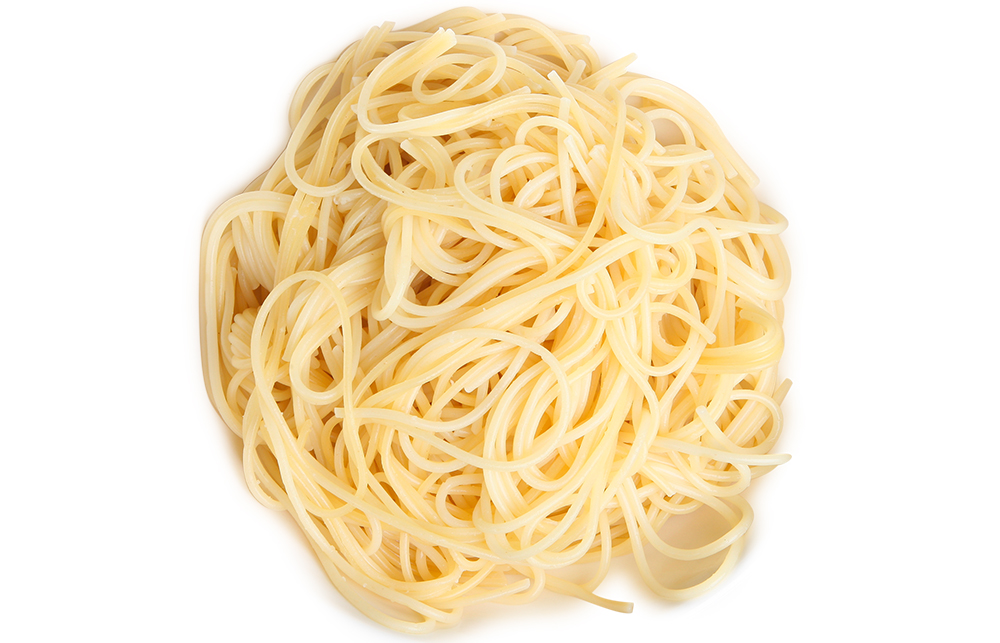
Last week, science gave pasta lovers something to rejoice over: a newly-released study seems to debunk the idea that eating pasta makes you pack on extra pounds.
But does that mean you can blindly chow down? We took a closer look.
In the study of more than 23,000 Italians, researchers found that people who ate the most pasta tended to have lower body mass indexes (BMIs) and healthier waist circumferences compared to people who ate the least.
But the findings, published in the journal Nature, only looked at associations, which don’t actually actually prove anything.
What’s more, there are some very important details that are worth talking about before you start scarfing down spaghetti and meatballs for dinner every night of the week.
First of all, it’s still not okay to eat an entire platter of pasta.
Related: How To Make Your Own High-Protein Energy Bars
It’s no secret that Europeans, including Italians, tend to eat much smaller portion sizes than Australians do.
In fact, the average size of a serving of pasta in the study was just 3 ounces. But here in Australia, it’s the norm to eat much more than that, both at restaurants and at home.
The point is, there’s nothing inherently fattening about pasta, as long as you stick to a normal portion. But in this country, most people don’t.
And if you regularly eat half a box in one meal, you might end up with a problem.
So familiarise yourself with what a reasonable serving size actually looks like: a half-cup serving is roughly the amount that would fit in a cupped palm. Then, go ahead and eat just that.
But what else you eat matters, too.
Related: 5 New Foods That Carve Abs
In the study, the slim pasta eaters weren’t eating much in the way of mac and cheese or fettuccine alfredo.
Instead, they stuck mostly to a Mediterranean diet which included lots of fruit and vegetables, whole grains, beans, nuts and seeds, and fish, and only a smattering of dairy and meat.
In other words, even if they sometimes ate pasta made from refined white flour, the rest of their meals – and their diets overall –consisted mostly of nutrient-dense foods, not junk.
The lesson?
Have your spaghetti with plenty of vegetables and lean protein, and a smidge of cheese or butter – not the other way around.
Related: 8 High-Protein Breakfasts That Aren’t All About Eggs
Not only will it keep your plate from getting too kilojoule-dense, the extra fibre and protein will also make your pasta more filling.
Now, that you know how to prep it right, go head and eat pasta.














